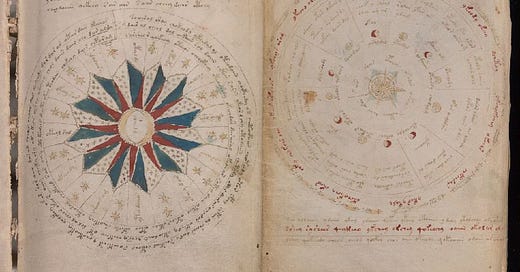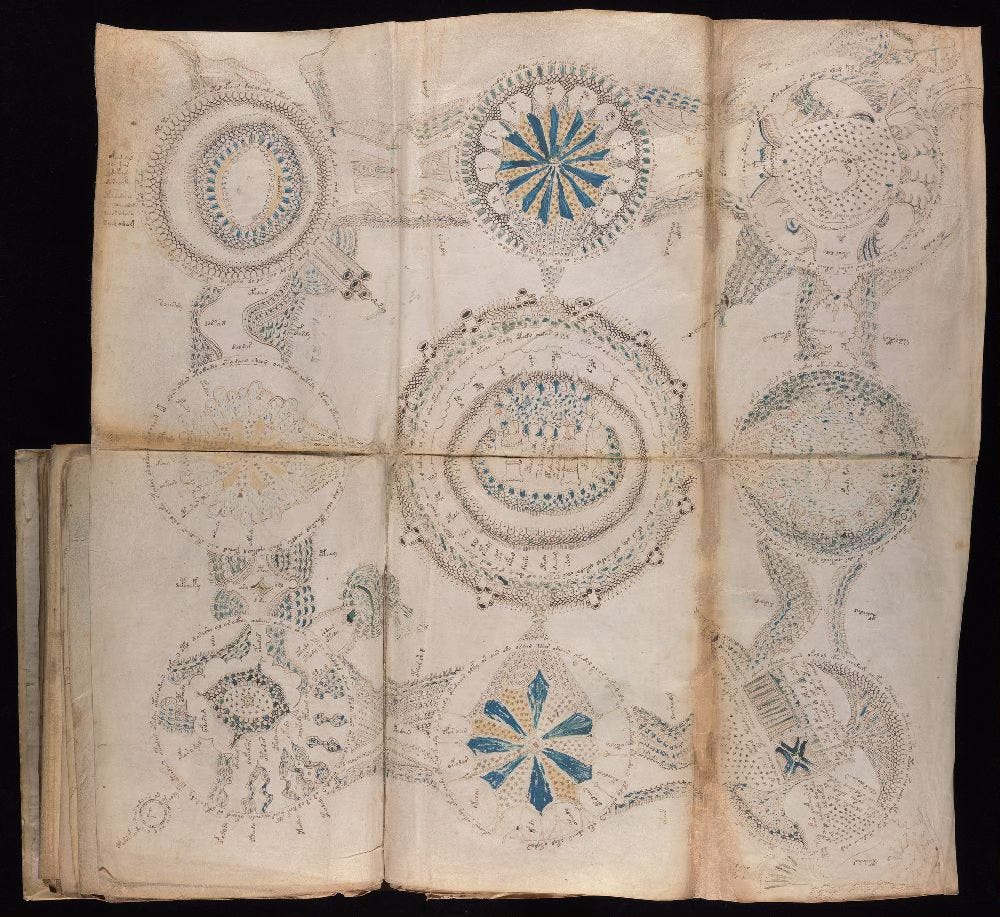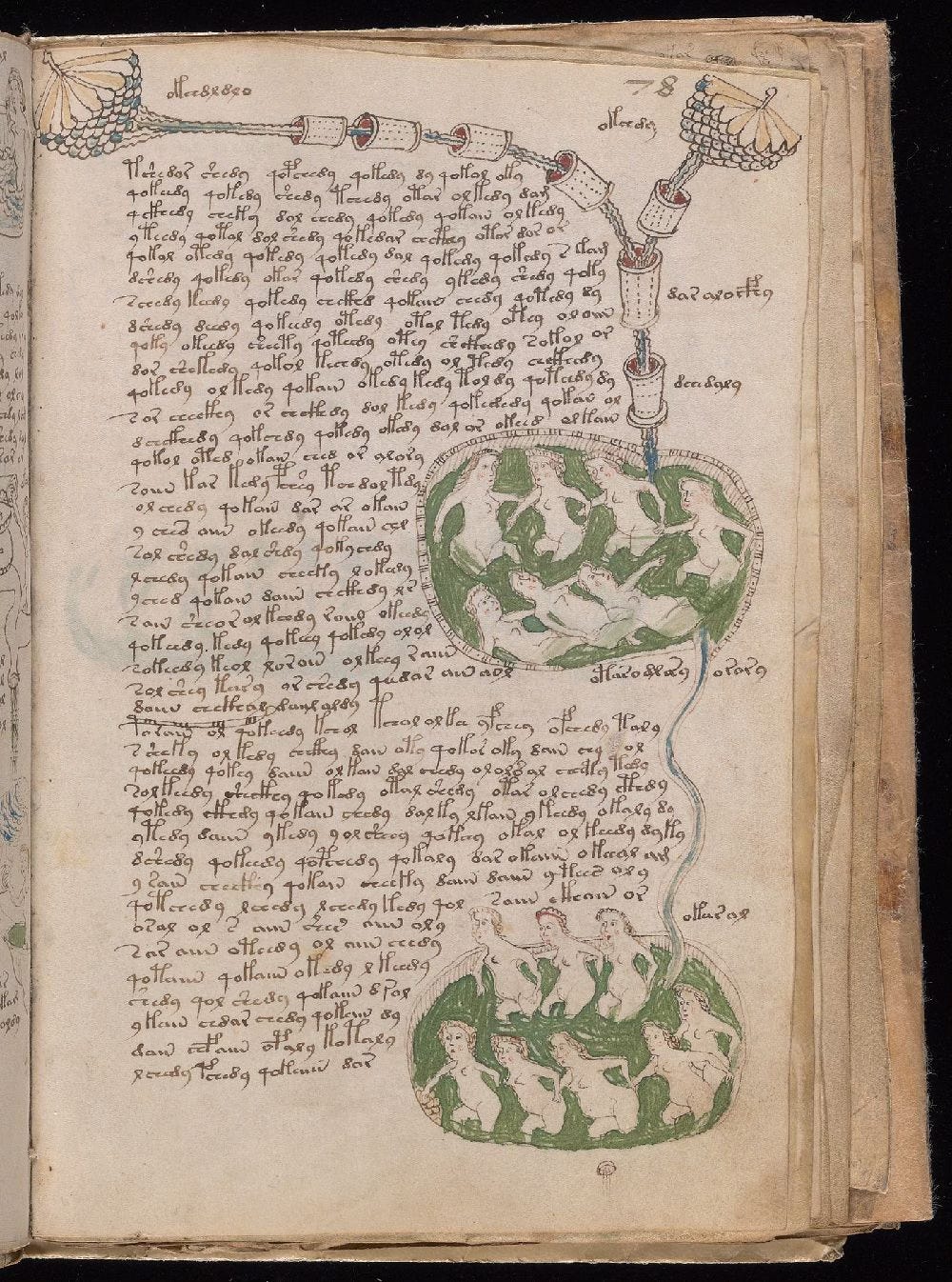Imagine stumbling upon a book filled with strange symbols, bizarre illustrations, and languages that defy translation. This is not the plot of a fantasy novel but the real-life mystery of the Voynich Manuscript. Named after Wilfrid Voynich, a Polish book dealer who acquired it in 1912, this manuscript has been baffling linguists, cryptographers, and historians for over a century. Its origins, content, and purpose remain one of the greatest enigmas in the history of writing. But what secrets does this ancient tome hold within its enigmatic pages?
The Voynich Manuscript, believed to have been written in the early 15th century, is a 240-page book written in an unknown script. Radiocarbon dating suggests it was created between 1404 and 1438. Made from vellum (calfskin), it is elaborately illustrated with a range of images, from the mundane to the fantastical. The questions of its origin, authorship, and purpose are cloaked in mystery.
What makes the Voynich Manuscript especially intriguing is its text. The language, composed of a completely unknown script, has defied all attempts at translation. Some scholars suggest it could be a coded language, while others believe it might be a lost natural language. The script, elegant and flowing with over 170,000 characters, holds a meaning as elusive as a mirage.
The manuscript is filled with illustrations that are as bizarre as its text. It contains drawings of unknown plants, astronomical charts, tiny naked women frolicking in green pools, and strange, convoluted objects unlike anything in the known world. These cryptic images, seemingly disconnected from any known historical context, add layers of complexity to the manuscript's enigma.
Over the years, many have tried to crack the code of the Voynich Manuscript. Cryptographers, linguists, computer scientists, and enthusiasts have all tackled it, but to no avail. The manuscript has been compared to known languages, analyzed with sophisticated algorithms, and even scrutinized under the lens of steganography (the practice of hiding messages). Yet, it remains impenetrable.
Theories about the Voynich Manuscript are as wild as its illustrations. Some believe it's a hoax, a clever 15th-century puzzle meant to baffle. Others think it may be a lost language or a code so complex that it defies modern understanding. More outlandish theories suggest it's the work of extraterrestrials or an ancient prophecy waiting to be deciphered. What theory do you find most plausible, or do you have a hypothesis of your own?
The Voynich Manuscript is a relic that challenges our understanding of history, language, and cryptography. Its allure lies not just in the mystery of its content, but in what it represents — the human love for puzzles, the joy in the unknown, and the endless quest for knowledge. As it continues to defy explanation, the Voynich Manuscript remains a tantalizing enigma, a reminder that some mysteries might just be unsolvable. As the Voynich Manuscript quietly rests in its archival home, its secrets remain an open invitation to the curious and the bold.






